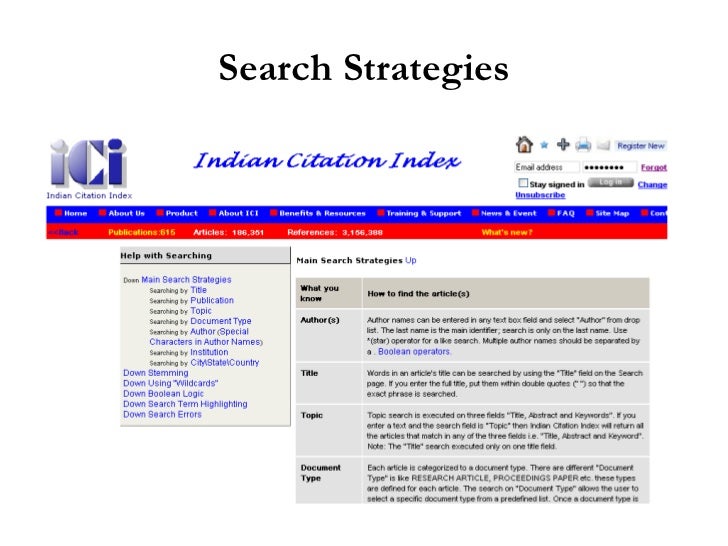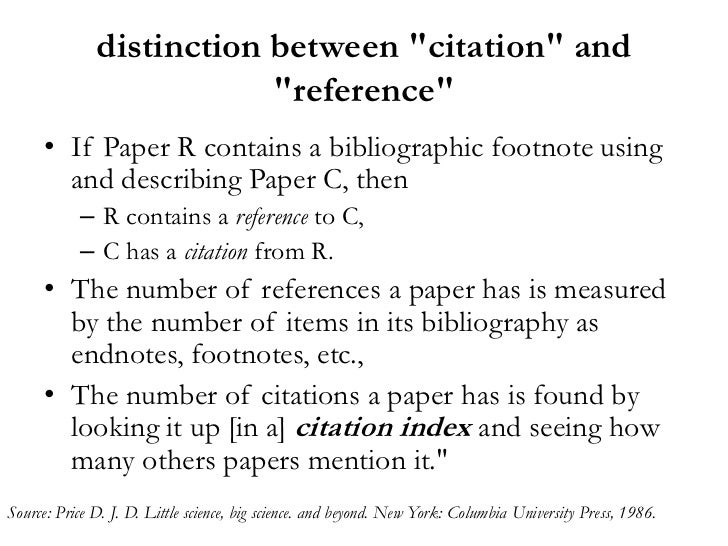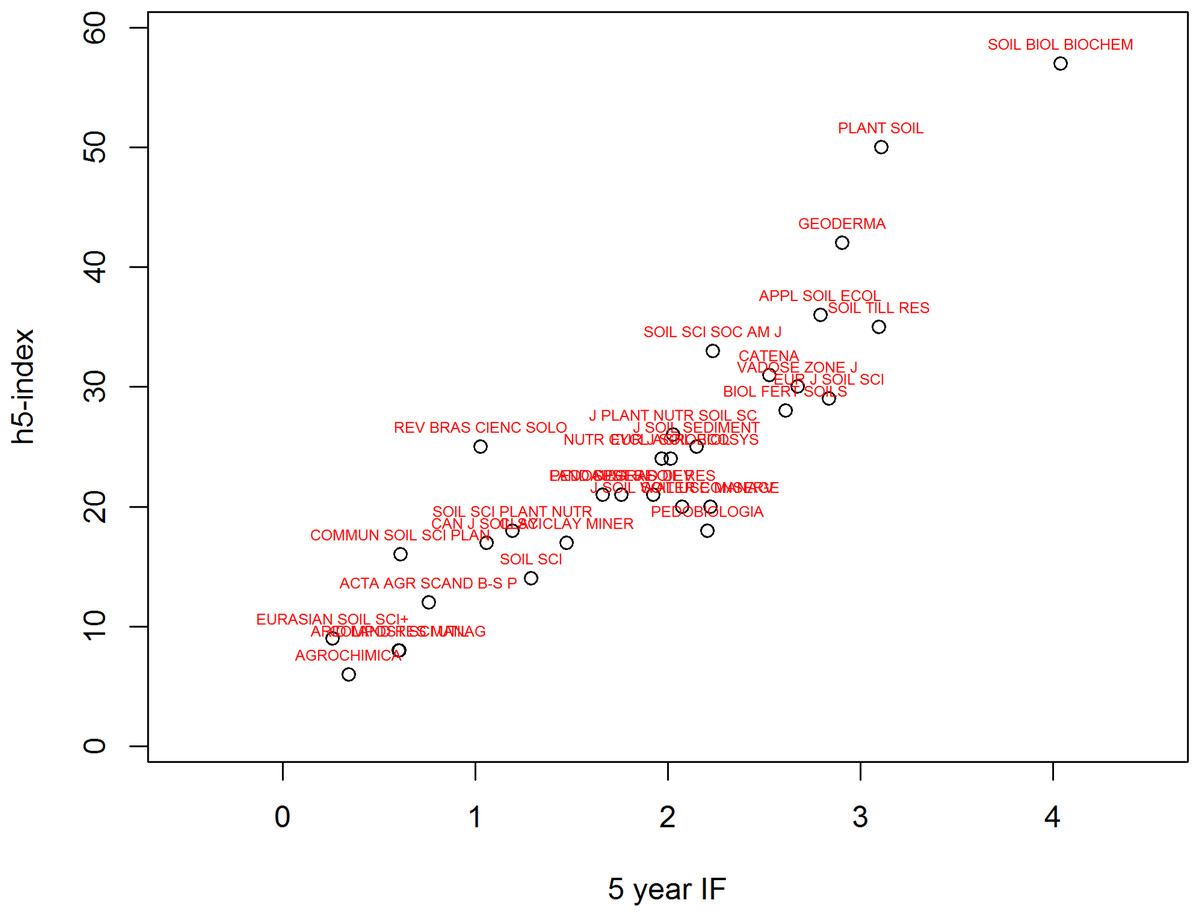Difference between impact factor and citation index information
Home » Trending » Difference between impact factor and citation index informationYour Difference between impact factor and citation index images are ready in this website. Difference between impact factor and citation index are a topic that is being searched for and liked by netizens today. You can Get the Difference between impact factor and citation index files here. Find and Download all free images.
If you’re searching for difference between impact factor and citation index images information related to the difference between impact factor and citation index interest, you have pay a visit to the right site. Our website frequently provides you with suggestions for seeking the maximum quality video and image content, please kindly search and locate more enlightening video content and graphics that match your interests.
Difference Between Impact Factor And Citation Index. Citations to a journal in the jcr year to items published in the previous two years, divided by the total number of citable items (articles and reviews) published in the journal in the previous two years. Both sci and scie are available online. Impact factor determines the ranking of a journal in that specific category, which can be found in the journal citation reports (jcr). Scie is similar to the sci except for the two differences:
 Citation indexing From slideshare.net
Citation indexing From slideshare.net
This impact is measured by analysing the citations received by the articles published within that journal. The impact factor is based on two figures: A citation index is a bibliographic database that provides citation links between documents. Whereas, cite score is related to scopus and it is calculated based on. The first modern citation index was suggested by information scientist eugene garfield in 1955 and created by him in 1964, and it represents an important innovation to knowledge organization and information retrieval. The index is based on the set of the researcher�s most cited papers and the number of citations that they have received in other people�s publications a scientist has index h if h of [his/her] np papers have at.
Scie is similar to the sci except for the two differences:
The impact per publication, calculated as the number of citations given in the present year to publications in the past three years divided by the total number of publications in the past three years. Impact factor = # of citations to all items published in that journal in the past two years (divided by) # of articles and reviews published over. Average number of weighted citations received in a year, by articles published in a journal in the previous 3 years. However, sci is available on cd/dvd format but scie is not. According to journal citation reports (jcr), an impact factor is a ratio focusing on original research. In contrast, the impact factor evaluates the total number of articles cited within.
 Source: explorer.aapg.org
Source: explorer.aapg.org
Citations to a journal in the jcr year to items published in the previous two years, divided by the total number of citable items (articles and reviews) published in the journal in the previous two years. Both sci and scie are available online. It is based on the number of publications and the number of citations. A journal with a high impact factor has articles that are cited often. Scie is similar to the sci except for the two differences:
 Source: te.kmutnb.ac.th
Source: te.kmutnb.ac.th
Generally, most of the journals use these two figures (a) and (b) to. Whereas, cite score is related to scopus and it is calculated based on. Average number of weighted citations received in a year, by articles published in a journal in the previous 3 years. Impact factor reflects only on how many citations on a specific journal there are (on average). Impact factor is related to wos and it is based on the number citations and published articles that are indexed in wos.
 Source: researchgate.net
Source: researchgate.net
Scie is similar to the sci except for the two differences: The h index is used to evaluate a researcher’s or an author’s scientific productivity based on the number of published research papers and their citations. The impact factor is the measure of the journal which is known by many scientists. The impact factor is based on two figures: Dar es salaam institute of technology.
![[Téléchargement Gratuit! √] citation science 208213 [Téléchargement Gratuit! √] citation science 208213](https://media.springernature.com/lw685/springer-static/image/art:10.1007%2Fs11192-020-03417-5/MediaObjects/11192_2020_3417_Fig2_HTML.png) Source: jossaesipkb2h.blogspot.com
Source: jossaesipkb2h.blogspot.com
Impact indicators measure the importance of a publication within a specific subject area. Science citation index expanded a list of top notch journals by clavariate analytics (indexed by thomson reuters). It is based on the number of publications and the number of citations. The impact factor is the measure of the journal which is known by many scientists. This impact is measured by analysing the citations received by the articles published within that journal.
 Source: slideserve.com
Source: slideserve.com
In contrast, the impact factor evaluates the total number of articles cited within. Average number of weighted citations received in a year, by articles published in a journal in the previous 3 years. According to journal citation reports (jcr), an impact factor is a ratio focusing on original research. Generally, most of the journals use these two figures (a) and (b) to. Scie is similar to the sci except for the two differences:
 Source: researchgate.net
Source: researchgate.net
Impact factor is related to wos and it is based on the number citations and published articles that are indexed in wos. Average number of weighted citations received in a year, by articles published in a journal in the previous 3 years. The impact factor is the measure of the journal which is known by many scientists. According to journal citation reports (jcr), an impact factor is a ratio focusing on original research. The h index is used to evaluate a researcher’s or an author’s scientific productivity based on the number of published research papers and their citations.
 Source: bmj.com
Source: bmj.com
These journals are evaluated for calculating impact factor every year based on citations, published papers, reach of. Impact indicators measure the impact that a journal has had on scientific literature. The impact index is new measure the. Both sci and scie are available online. Sci has non zero impact factor but scie journals are just ranked for impact factor.
 Source: researchgate.net
Source: researchgate.net
Impact indicators measure the impact that a journal has had on scientific literature. In contrast, the impact factor evaluates the total number of articles cited within. Average number of weighted citations received in a year, by articles published in a journal in the previous 3 years. The impact factor is the measure of the journal which is known by many scientists. Both sci and scie are available online.
 Source: pinterest.com
Source: pinterest.com
A citation index is a bibliographic database that provides citation links between documents. Impact factor determines the ranking of a journal in that specific category, which can be found in the journal citation reports (jcr). Science citation index expanded a list of top notch journals by clavariate analytics (indexed by thomson reuters). The impact per publication, calculated as the number of citations given in the present year to publications in the past three years divided by the total number of publications in the past three years. It is based on the number of publications and the number of citations.
 Source: researchgate.net
Source: researchgate.net
Citations to a journal in the jcr year to items published in the previous two years, divided by the total number of citable items (articles and reviews) published in the journal in the previous two years. The impact factor is based on two figures: The impact factor is the measure of the journal which is known by many scientists. The h index is used to evaluate a researcher’s or an author’s scientific productivity based on the number of published research papers and their citations. In contrast, the impact factor evaluates the total number of articles cited within.
 Source: slideshare.net
Source: slideshare.net
The fact that a journal has a valid impact factor or is included in citation indexes is used by policymakers and managers to determine the level of that journal. The impact factor is the measure of the journal which is known by many scientists. The impact per publication, calculated as the number of citations given in the present year to publications in the past three years divided by the total number of publications in the past three years. This impact is measured by analysing the citations received by the articles published within that journal. A citation index is a bibliographic database that provides citation links between documents.
 Source: slideshare.net
Source: slideshare.net
In contrast, the impact factor evaluates the total number of articles cited within. One is the number of citations to a given journal over the previous two years (a). The impact factor is based on two figures: The impact factor (if) is the average number of citations received for each published article in that particular year. The impact index is new measure the.
 Source: jpgmonline.com
Source: jpgmonline.com
Impact factor is related to wos and it is based on the number citations and published articles that are indexed in wos. Dar es salaam institute of technology. The impact factor (if) or journal impact factor (jif) of an academic journal is a scientometric index calculated by clarivate that reflects the yearly mean number of citations of articles published in the last two years in a given journal, as indexed by clarivate�s web of science. The h index is used to evaluate a researcher’s or an author’s scientific productivity based on the number of published research papers and their citations. Generally, most of the journals use these two figures (a) and (b) to.
 Source: peerj.com
Source: peerj.com
Impact factor = # of citations to all items published in that journal in the past two years (divided by) # of articles and reviews published over. Impact factor = # of citations to all items published in that journal in the past two years (divided by) # of articles and reviews published over. The main difference between the jci and the journal impact factor (jif) is that the denominator of the jci is the number of reviews and articles for only the most recent 3 years, while the numerator is the citations of those reviews. According to journal citation reports (jcr), an impact factor is a ratio focusing on original research. The fact that a journal has a valid impact factor or is included in citation indexes is used by policymakers and managers to determine the level of that journal.
 Source: storify.com
Source: storify.com
One is the number of citations to a given journal over the previous two years (a). The impact per publication, calculated as the number of citations given in the present year to publications in the past three years divided by the total number of publications in the past three years. Impact factor = # of citations to all items published in that journal in the past two years (divided by) # of articles and reviews published over. Hirsch in 2005 (california university). Science citation index expanded a list of top notch journals by clavariate analytics (indexed by thomson reuters).
 Source: deepai.org
Source: deepai.org
A journal with a high impact factor has articles that are cited often. The impact factor (if) is the average number of citations received for each published article in that particular year. It is based on the number of publications and the number of citations. The main difference between the jci and the journal impact factor (jif) is that the denominator of the jci is the number of reviews and articles for only the most recent 3 years, while the numerator is the citations of those reviews. Impact factor = # of citations to all items published in that journal in the past two years (divided by) # of articles and reviews published over.
 Source: libraryguides.umassmed.edu
Source: libraryguides.umassmed.edu
The impact factor (if) is the average number of citations received for each published article in that particular year. The impact factor (if) is the average number of citations received for each published article in that particular year. The index is based on the set of the researcher�s most cited papers and the number of citations that they have received in other people�s publications a scientist has index h if h of [his/her] np papers have at. Impact indicators measure the importance of a publication within a specific subject area. Dar es salaam institute of technology.
![]() Source: guides.uflib.ufl.edu
Source: guides.uflib.ufl.edu
In contrast, the impact factor evaluates the total number of articles cited within. This impact is measured by analysing the citations received by the articles published within that journal. The impact factor (if) is the average number of citations received for each published article in that particular year. A journal with a high impact factor has articles that are cited often. Impact indicators measure the impact that a journal has had on scientific literature.
This site is an open community for users to do sharing their favorite wallpapers on the internet, all images or pictures in this website are for personal wallpaper use only, it is stricly prohibited to use this wallpaper for commercial purposes, if you are the author and find this image is shared without your permission, please kindly raise a DMCA report to Us.
If you find this site value, please support us by sharing this posts to your favorite social media accounts like Facebook, Instagram and so on or you can also save this blog page with the title difference between impact factor and citation index by using Ctrl + D for devices a laptop with a Windows operating system or Command + D for laptops with an Apple operating system. If you use a smartphone, you can also use the drawer menu of the browser you are using. Whether it’s a Windows, Mac, iOS or Android operating system, you will still be able to bookmark this website.
Category
Related By Category
- Easybib chicago citation information
- Doi to apa citation machine information
- Citation x poh information
- Cpl kyle carpenter medal of honor citation information
- Goethe citation dieu information
- Exact citation apa information
- Citation une impatience information
- Fitzgerald way out there blue citation information
- Contre le racisme citation information
- Friedrich nietzsche citaat grot information